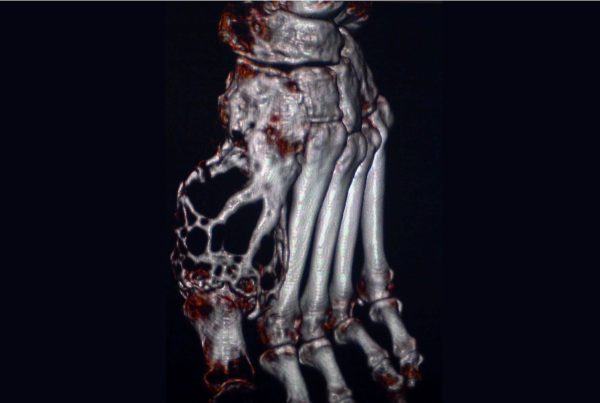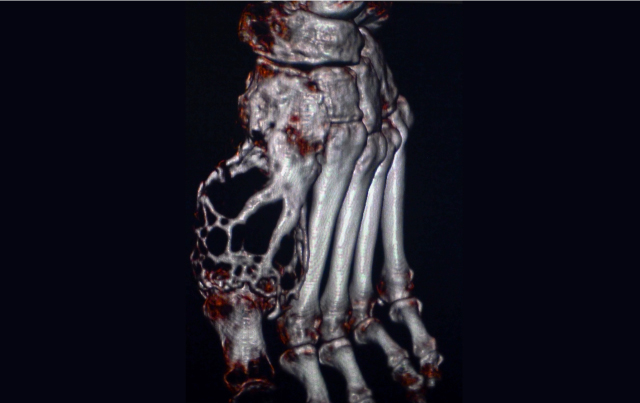Most Effective Imaging Modalities for Detecting Foot Abnormalities


Raymond Murphy, MD
High heels and the narrow toe boxes in women’s shoes have been linked to the development of such foot injuries and deformities as hallux valgus, intractable callosities, metatarsalgia, Freiberg infraction and Morton neuroma. Weight-bearing X-ray should be the first imaging study and is often adequate for evaluation of arthritic and alignment issues. The cause of chronic or acute pain, however, is often not visible with X-ray and requires ultrasound or MRI.
Raymond Murphy, M.D., Ph.D., musculoskeletal radiologist at Scottsdale Medical Imaging, says these types of foot complaints are common, and he often sees two or three a day, most often with hallux valgus and Morton neuroma. “When a clinical exam and plain film are unable to identify the source of the pain, we usually go to an MRI,” Murphy says. “What we are looking for are areas of edema in the muscle or bone, or muscle or tendon tears and contusions.”
Hallux valgus most commonly presents with pain along the medial aspect of the first metatarsophalangeal joint. This is often accompanied by soft tissue swelling and hypertrophic skin changes. Radiographic imaging is usually sufficient for diagnosis of hallux valgus; however, advanced imaging (CT, MRI) may be useful when the clinical picture is unclear, particularly when pain and tenderness are atypical and away from the medial aspect of the joint.
Similarly, Morton neuroma is most often adequately evaluated with clinical exam and X-ray. MRI is useful, however, for confirming diagnosis and excluding other causes of forefoot pain, evaluating the extent of the disease, and aiding preoperative planning. “MRI provides exquisite detail of forefoot anatomy, aids in treatment planning and may help to exclude other potential sources of forefoot pain,” wrote A. Goud, et al., in The American Journal of Orthopedics. “Optimal imaging of the forefoot is performed in multiple planes with a small field of view to detail the musculotendinous and neurovascular anatomy.” The advantage at SMIL, Murphy says, is the use of 3-T MRI scanners along with dedicated surface coils on a special boot that provides improved spatial and contrast resolution. This allows clearer differentiation between bone, fat and muscle for both diagnosis and treatment planning.

